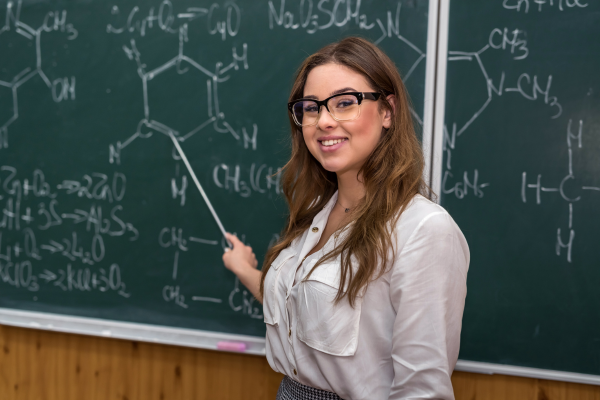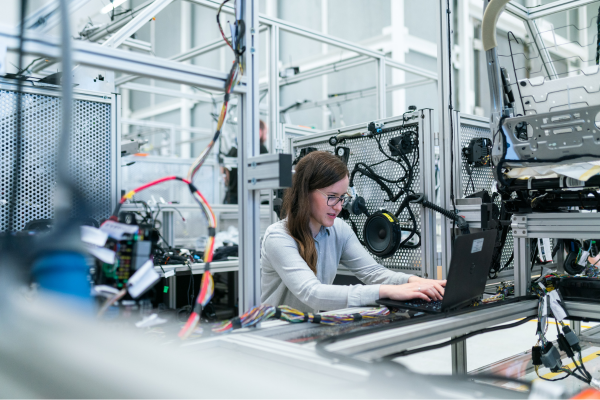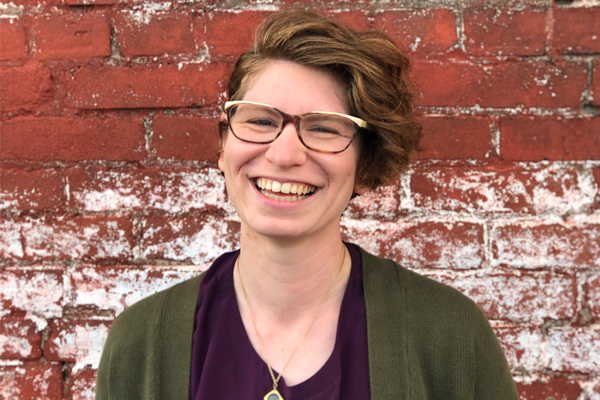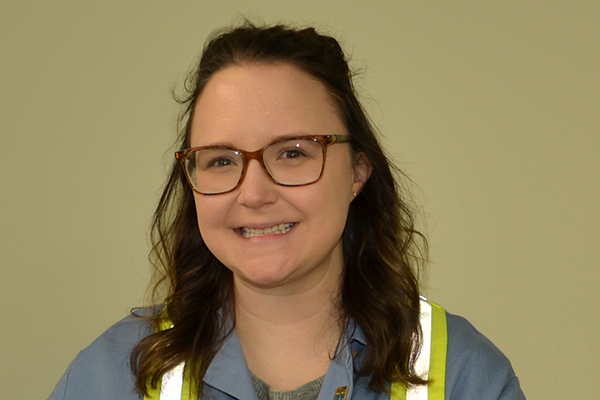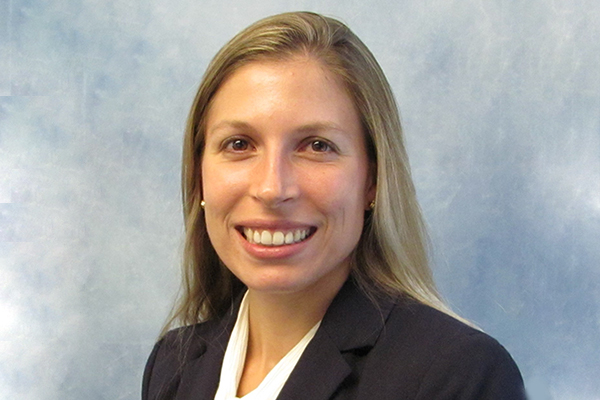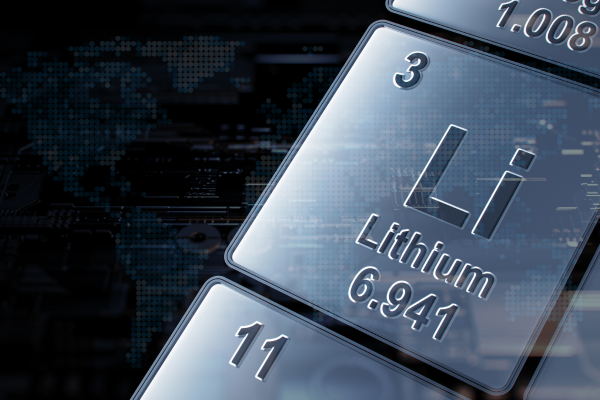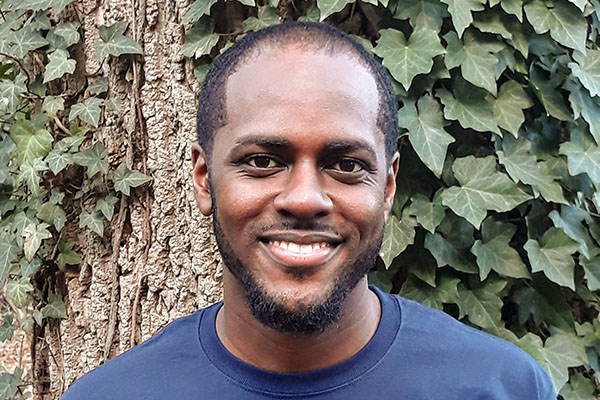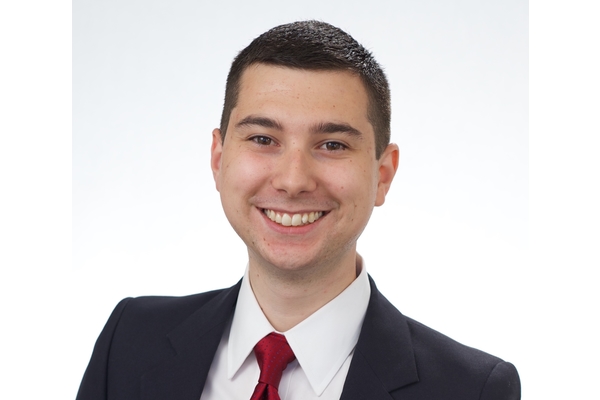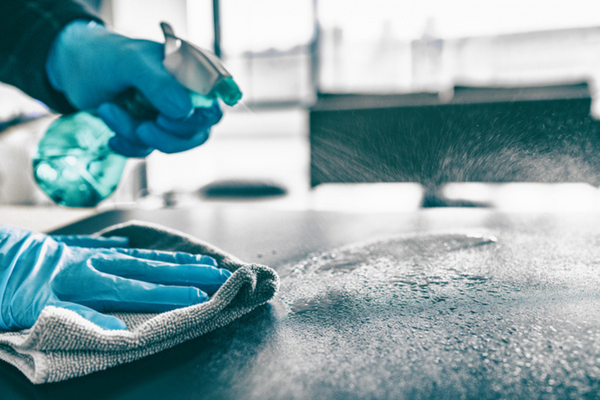By: Nina Notman
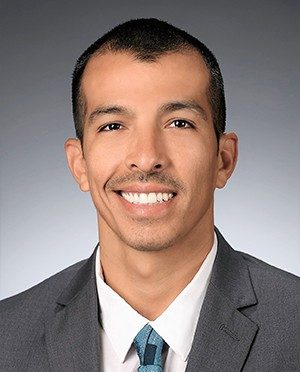
3-D printing is the future for industrial-scale production of metal components, says Juan Carlos Ramos. “It allows you to design things that you can’t build in any other way.”
Compared to traditional manufacturing methods, 3-D printing also slashes waste, cost, time, and carbon emissions, he says. “You no longer have to import parts,” he explains. “You can build them on site.”
It’s early days for this manufacturing revolution and HP engineers, including Ramos, are working closely with customers to push the technology forward. “The 3-D printing metals group in HP acts as a start-up within the company,” Ramos says. Customers that Ramos has worked alongside include automotive and aerospace components business GKN, medical devices company Parmatech, and automotive manufacturer Volkswagen.
Ramos also works in R&D, supporting projects to fill any technology gaps identified during the customer collaborations. “I wear many hats day to day,” he says.
Before joining the 3D printing group in November 2018, Ramos spent a year as a R&D metal deposition engineer for HP’s 2-D printing business. 2-D printing is a mature technology and therefore the product development is quite slow, he explains. He missed the fast pace of start-up life.
He’d become accustomed to the start-up life during the 1.5 years he’d spent as a staff scientist with the then fledgling Solution Deposition Systems in Santa Barbara, California prior to starting at HP. Before that, during a part-time business development course while working as a postdoc with Douglas Keszler at Oregon State University, he worked on translating research to build greener electronics based on aqueous solutions into a commercial product.
Ramos hails from Mexico and moved to the US in 2010, six months into his materials science PhD. “It was a dual program between the Autonomous University of Ciudad Juárez and the University of Texas at Dallas,” he says. His PhD was preceded by a master’s degree in materials science and a bachelor’s degree in chemistry at the same Mexican university.
What is in your lab coat pocket?
Nothing. I try to avoid having anything in my pocket, I am pretty minimalistic.
What is the most exciting project that you've worked on?
A 3-D printing project with Volkswagen where we demonstrated the possibility of mass-producing printed parts, customised with serial numbers, using our printers. It was a worldwide effort that stretched our technology to the maximum.
What is the most interesting metal object that you've seen 3-D printed?
Small cylinders that look very simple on the outside but have lots of intricate internal channels that resemble an ant house. You cannot achieve this structure with any other technology.
Are there any parts of your job that aren't what you expected?
Yes. I did not realise how complex the systems and science of 3-D printing could be, there are still many unknowns on how the process really works. This makes it very challenging but fascinating at the same time.
Who is your mentor?
I am very lucky to have several mentors at different organizational levels in HP and also outside of the company. They are to me what a board of directors is for a company and they have played a crucial role in my professional development.
Who is your scientific hero?
Nikola Tesla and Thomas Edison. I especially admire how Edison took his ideas from the lab to the market.
Where do you see yourself in 10 years time?
I will want to be at director level at HP, have my own company, or both. I am passionate about creating jobs for people. If you give people work, you enable them to fulfil their own dreams. Either of these would allow me to do that.
What is your favorite metal?
Platinum. It is an excellent catalyst with so many applications from batteries to cleaning up atmospheric contamination.
If I wasn't a scientist or an engineer, I would like to be a.....
Chef. I love cooking. It's chemistry but you can eat your samples!
This article has been edited for length and clarity. The opinions expressed in this article are the author's own and do not necessarily reflect the view of their employer or the American Chemical Society.
Copyright 2020 American Chemical Society (All Rights Reserved)

